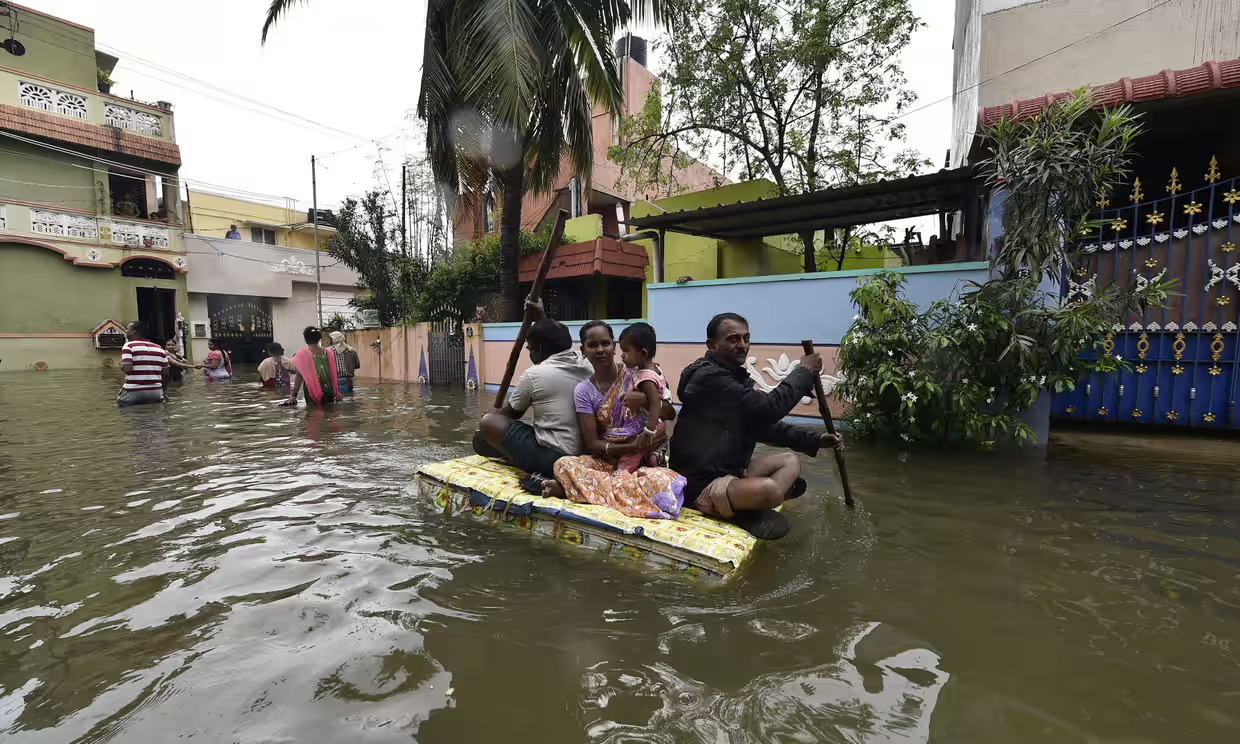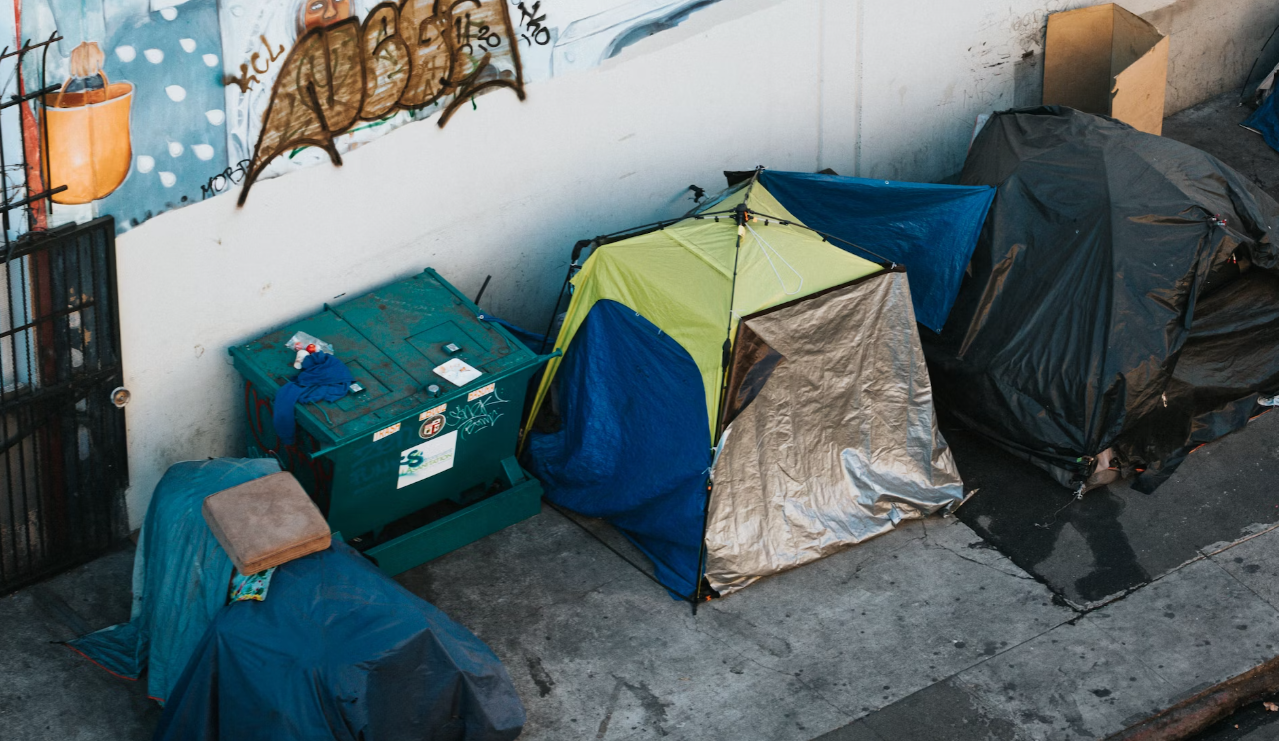The summer monsoon of South Asia is a period with heavy rainfall between the months of May and August, sometimes extending into April and September. Air from the Southwest Indian Ocean goes towards South Asian countries and, in turn, causes rainfall. This season is crucial to South Asia as many plants won’t grow, and people would starve without it.
In recent years, the monsoon has caused severe flooding in coastal areas due to climate change. For example, Chennai, the coastal capital of the Indian state Tamilnadu, experienced floods that caused 269 deaths and cut off access to essential services for around 3 million people. In 2022, the Pakistani province of Sindh saw flooding that killed 1,700 people and affected approximately 33 million. In 2023, 100,000 people were forced to evacuate the Pakistani region of Panjab due to mass flooding. So now, the question is, why have monsoons gotten severe recently? How does climate change affect South Asia?
Monsoons have been changing in South Asia for years. For instance, monsoons have been traveling South, causing flash floods in places where heavy rain isn’t expected. The Indian Meteorological Department has stated that “2022 has seen the second highest extreme events since 1902. An alarming case as incidents of floods and droughts have increased.” This quote explains how India has experienced the most severe weather in over a century. Now, floods and droughts are increasing. According to the World Bank, at least 750 million South Asians have had a natural disaster affect them through displacement, water shortages, or lack of land to grow food. A study from Leeds University showed that the Himalayas had lost 40% of ice in the past 400 years, which is a usual part of a cycle, but it is now melting “at least 10 times higher than the average rate over past centuries.” Many people live in the Himalayas, so the ice loss can be catastrophic to them.
India is the most populated country in the world, Pakistan the fifth, and Bangladesh the eighth. According to the UN, more than 374 million South Asian children are struggling due to water scarcity. That is a significant number of children who have no access to water. South Asian countries are also considered to be “developing” or in the “global south.” These struggling countries must also deal with the devastating effects of climate change. Water scarcity was already an issue, but now it's enhanced with climate change. Lack of water can also cause disabilities, especially those that compromise the immune system. South Asia already has many diseases, so a weakened immune system and poor health infrastructure can be catastrophic to many.
South Asia is one of the places most affected by climate change. It’s necessary to note how our actions affect people in other parts of the world so we can reduce harm to everyone.
Sources:
https://education.nationalgeographic.org/resource/monsoon/
https://www.aljazeera.com/news/2023/8/23/floods-force-evacuation-of-almost-100000-in-pakistan
https://www.thenewsminute.com//how-climate-change-is-altering-indian-monsoon/articlet238769
https://www.aljazeera.com/news/2023/7/8/what-makes-south-asia-so-vulnerable-to-climate-change

 Why Social Media Wants You to Stay Young Forever
Why Social Media Wants You to Stay Young Forever